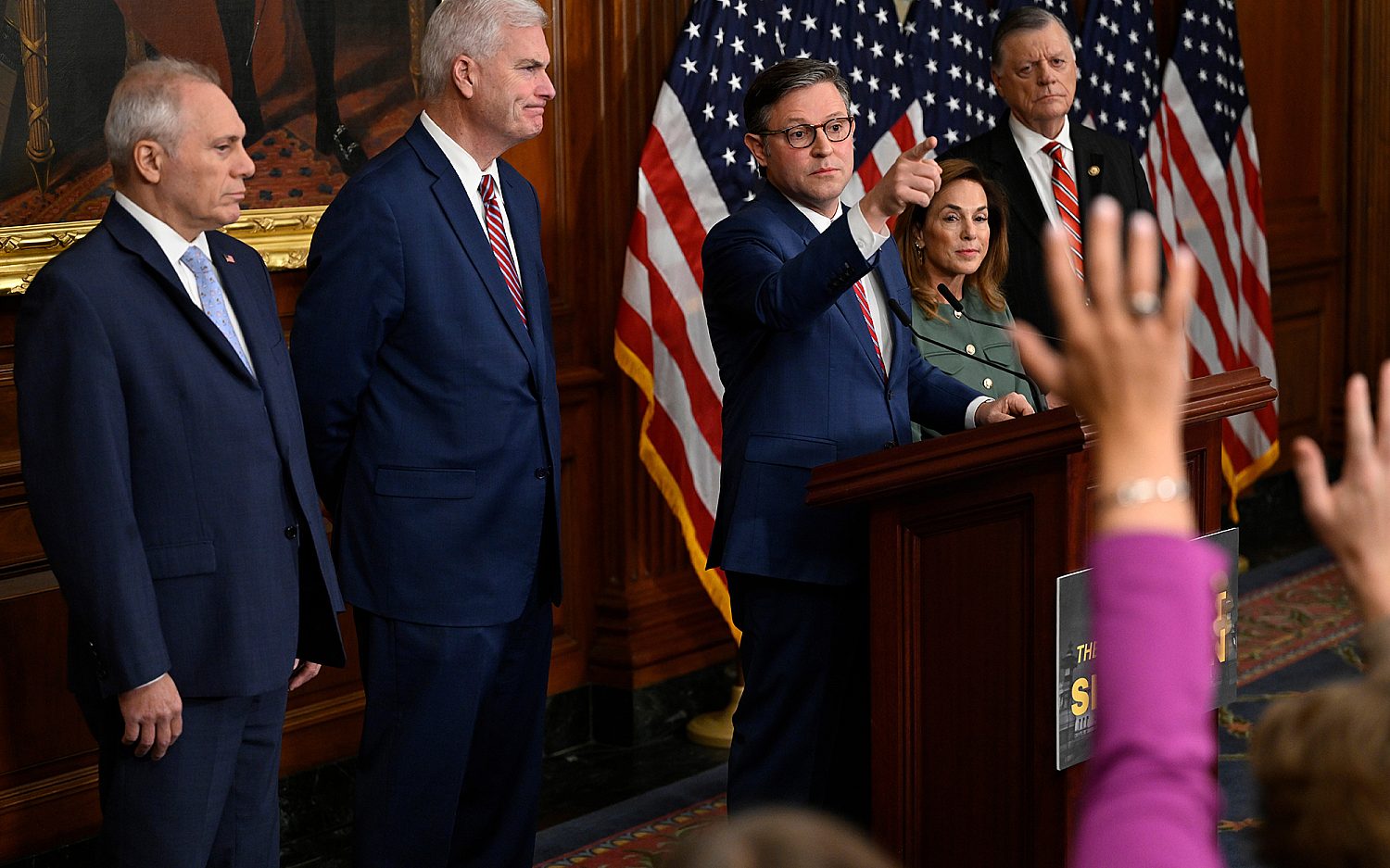Right, wrong, or rigged?
What polls really tell voters about the election
Despite having only a moderate lead in polls, Democrat Hillary Clinton has a 92 percent chance of winning the presidential election, says The Upshot, election forecasters at The New York Times. Those odds are roughly the same as a National Football League kicker making a 31-yard field goal.
Nate Silver’s FiveThirtyEight blog estimates Clinton has an 83 percent chance of winning even though she only held a 4.4 percent lead over Republican Donald Trump, according to a RealClearPolitics average of polls.
Why such overwhelming odds? The answer isn’t so much about Clinton’s national polling lead, but about her lead across critical swing states. The popular vote is ultimately meaningless; the Electoral College is all that matters.
The country’s founders established the Electoral College as a buffer to ensure a candidate with only regional appeal couldn’t ascend to the White House (such as George Wallace, who won 13 percent of the popular vote in 1968 but only 8 percent of the electoral vote). Candidates must appeal to a large swath of the country and capture a majority of electoral votes (270) to win the presidency.
Current state polls show Clinton with 252 likely electoral votes and Trump with 126. That means Trump would need to sweep all toss-up states—Florida, Ohio, Pennsylvania, North Carolina, Nevada, Iowa, Arizona, Georgia, and Texas—to win with 276, while Clinton would only need to claim one of those states.
Are the polls wrong? At a Florida rally on Monday, Trump said they are: “Wikileaks also shows how [Clinton campaign chairman] John Podesta rigged the polls by oversampling Democrats, a voter suppression technique.”
Politifact rated this claim as “pants on fire,” because the leaked email in question was from 2008, not 2016, referred to a common polling technique that does not skew results, and referenced internal polling that was never released.
The sheer quantity of independent organizations conducting public polling would make it virtually impossible to “rig” them all. More than 20 separate entities have released national polls so far this month. While they do show some variance, 28 out of the last 29 show Clinton leading.
For various reasons, sometimes polls do end up being wrong. They can only be accurate at the time they are conducted, and public opinion changes. A major event could still rock the election.
In 2012, Republican nominee Mitt Romney and his supporters strongly believed polls were skewed in favor of President Barack Obama, citing internal data. They were right, but in the wrong direction: Obama outperformed polls by 2 to 3 points after positive reviews of the way he handled Superstorm Sandy gave him a late boost.
Despite Trump’s public denials, a Bloomberg report published Thursday showed his campaign knows it is trailing Clinton.
“Nate Silver’s results have been similar to ours, except they lag by a week or two because he’s relying on public polls,” said Brad Parscale, who is leading Trump’s digital operation. Still, this week Silver noted Trump voters should not give up.
“While the candidates are almost out of time this year, the number of undecideds is still fairly high,” he wrote. “Clinton and Trump together have approximately 85 percent of the vote, while Mitt Romney and Barack Obama had about 95 percent of the vote at this time four years ago.”
An actual newsletter worth subscribing to instead of just a collection of links. —Adam
Sign up to receive The Sift email newsletter each weekday morning for the latest headlines from WORLD’s breaking news team.





Please wait while we load the latest comments...
Comments
Please register, subscribe, or log in to comment on this article.